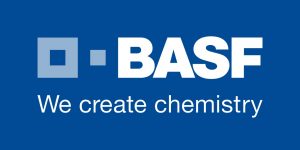
Abstract
The engineering workflow for designing a production plant requires several steps. First, the plant configuration is set up in a process simulation environment (PME), wherein numerous unit operations are connected by material streams and/or energy streams. The result of the process simulation is the heat and material balance for all material and energy streams. In a subsequent step, technical data sheets for equipment design will be prepared based on the generated heat and material balance. If both steps are carried out within one PME, the generation of technical datasheets may be partly or fully automatized. However, when simulation models of special unit operations are only available in inhouse or in proprietary simulation tools, the workflow requires manual transfer of data between these tools and the PME. This procedure is prone to errors and inconsistencies in the heat and material balance. Furthermore, additional time and resources are required to manually transfer the required data.
This paper illustrates for the example of a BASF inhouse process model, how the CAPE-OPEN interface can improve the engineering workflow. The CAPE-OPEN standard defines rules and an interface to allow communication between Computer Aided Process Engineering (CAPE) applications. This interface is available for thermodynamic models and for unit operations. The CAPE-OPEN interface for unit operations has been implemented into a BASF inhouse process model, which now can be embedded as process modeling component (PMC) into a PME. Special for the implementation of this CAPE-OPEN interface is, that the calculation of the BASF inhouse process model is not carried out on the same computer or server as the PME, but on a BASF server. This approach allows for the protection of intellectual property of proprietary inhouse process models.
The embedding of this BASF inhouse process model into a PME via the CAPE-OPEN interface allows the user to provide a fully closed heat and material balance, which is the basis for the generation of technical datasheets and further equipment design. Changes in operating or design parameters such as the gas throughput in the plant are automatically reflected in all connected downstream engineering steps. This saves a lot of time and money in all engineering phases and boosts the efficiency of working together in teams with a global setup.
